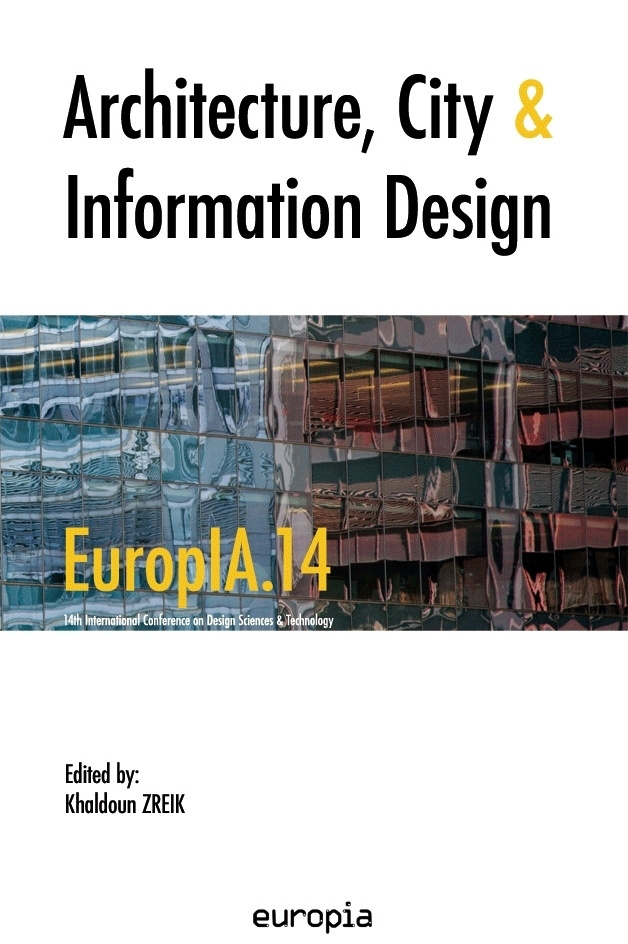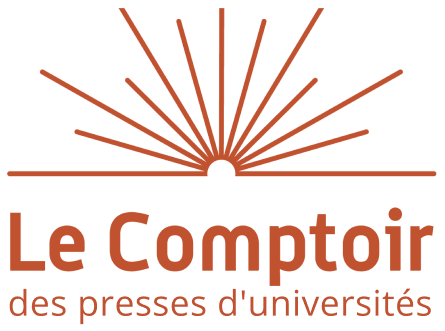
Architecture, City & Information Design
(Proceedings of EuropIA.14: 14th International conference on the Advances in Design Sciences and Technology)
Zreik KHALDOUN,Zreik KHALDOUN
Résumé
EuropIA Conferences are organized as a cross-platform for the study and analysis of the application of the ICT to architecture, archaeology, building engineering, civil engineering, urban design and policy analysis. The aim of EuropIA international conferences is to promote advancements of information and communication technology (ICT) and their effective application for the Building and Construction industry. The characteristic of these conferences is the interaction of different disciplines regarding their approach, methods and techniques for the application of advanced technologies.The main topic of EuropIA 14 is about the complex, interdependent and independent relationships between Architecture and City Design (Urban Planning) that have been recently increased by t ...
Lire la suite
FORMAT
Livre broché
75.00 €
Ajout au panier /
